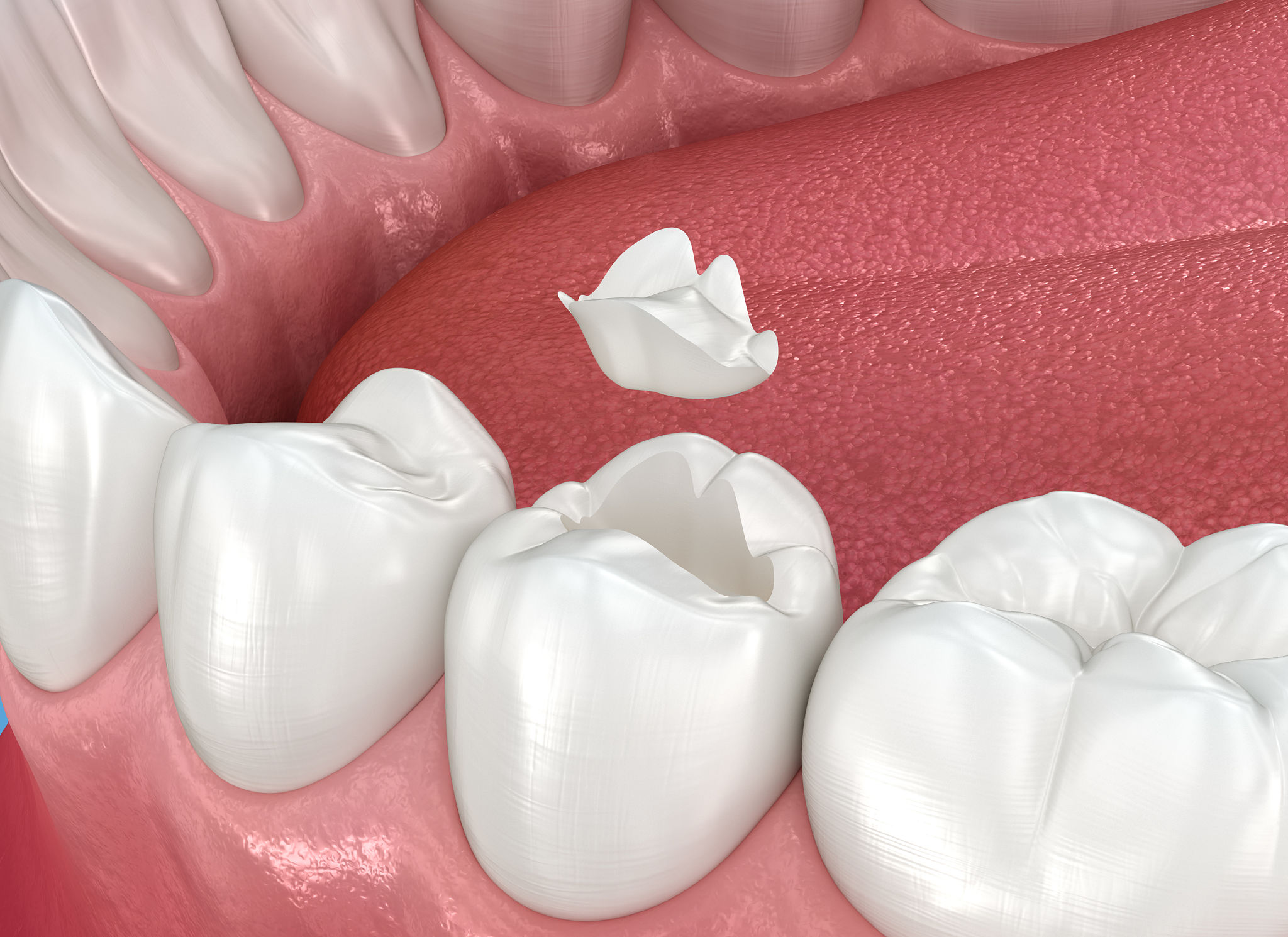Top 5 Myths About Dental Sealants Debunked
MX
Understanding Dental Sealants
Dental sealants are a preventative treatment designed to protect teeth from decay. Despite their effectiveness, there are numerous misconceptions surrounding their use. In this blog post, we aim to debunk some of the most common myths about dental sealants, providing clarity and peace of mind for those considering this treatment.

Myth 1: Sealants Are Only for Children
One widespread belief is that dental sealants are exclusively for children. While it is true that they are commonly applied to children’s molars to prevent cavities, adults can also benefit from sealants. Anyone prone to cavities or with deep grooves in their teeth can consider sealants as a protective measure.
Myth 2: Sealants Are Painful to Apply
Some people avoid getting sealants because they fear the process is painful. Fortunately, applying dental sealants is a painless procedure. The dentist cleans the teeth, applies a special gel, rinses it off, and then paints the sealant onto the tooth surface. The sealant is then hardened with a special light. This non-invasive process is quick and entirely pain-free.

Myth 3: Sealants Are Harmful to Teeth
Another concern is that sealants might damage teeth over time. On the contrary, sealants are designed to protect teeth by acting as a barrier against food particles and bacteria. They are made from safe materials that have been used in dentistry for decades, providing an added layer of protection without harming the tooth structure.
Myth 4: Sealants Last a Lifetime
While dental sealants are durable, they do not last forever. Typically, sealants can last about 5 to 10 years, but they need regular checks during dental visits. If they become chipped or worn, they can be easily repaired or replaced by your dentist to ensure continued protection.

Myth 5: Sealants Replace Good Oral Hygiene
Some might think that sealants negate the need for regular brushing and flossing. This is not true. While sealants provide an extra layer of defense against cavities, they do not replace good oral hygiene practices. It is important to continue brushing at least twice a day, flossing daily, and visiting your dentist regularly for check-ups.
In conclusion, dental sealants are a valuable tool in preventing tooth decay for both children and adults. By understanding and debunking these common myths, individuals can make informed decisions about their oral health and consider whether sealants are the right choice for them.
